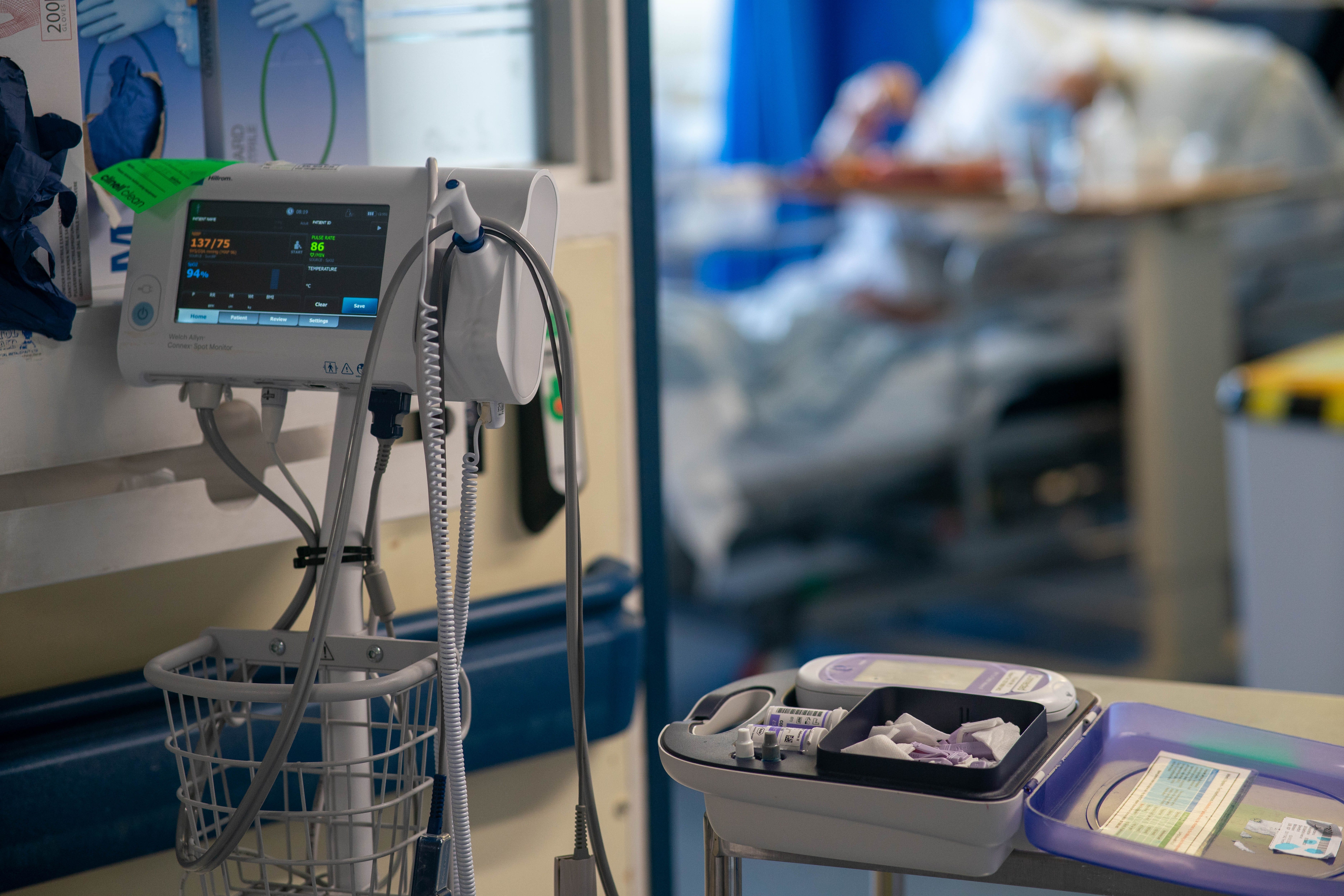NHS ‘not using its spending power to the full’ – report
A report has highlighted that the service is not making the most out of its collective spending power.

Some hospitals are still paying double the price for medical equipment compared with others, the spending watchdog has warned.
The National Audit Office (NAO) said that “trusts pay a wide range of prices for the same product, with some trusts paying twice as much for the same item”.
While some hospitals spent £15 for each bone saw blade they purchased in 2022/23, others forked out £33.
Delivering the right products for the NHS at the cheapest sustainable price is essential to make every pound count for patients
A portable touchscreen bladder scanner cost £6,591 for some hospitals and in others the same item came with a price tag of £12,760.
And a replacement hip “stem part” cost £490 for some hospitals, while others paid just £258.
The NAO said that the NHS in England is “not making the most of its spending power to save money”.
The health service in England spends around £8 billion every year buying items such as paper, gloves, prosthetic hips and other medical equipment.
But more than a third of this money is being spent by NHS organisations independently, and not through central collective purchasing routes where products could be cheaper.
The NHS Supply Chain – a central procurement body – sources, buys and supplies medical equipment and consumables to hospital trusts.
It was established following a 2016 report which found that some hospitals were paying twice as much as others for some medical supplies.
The system was set up in 2017.
While it is not mandatory to use the system for procurement, a new NAO report highlighted that the NHS spends around £3.4 billion outside NHS Supply Chain each year.
The NAO said NHS Supply Chain has used different methods to report savings to different audiences, which “could cause confusion”.
It added: “Some NHS trusts themselves said that they did not recognise NHS Supply Chain’s claimed savings and this issue is causing frustration and mistrust.”
The report also highlighted that in 2022/23 NHS Supply Chain did not always have the cheapest products.
The lowest price paid for a breathing valve and mouthpiece was £155, but those who purchased these items through the central system paid £185.
Insulin delivery devices cost £196 for some hospitals, but those purchasing through the NHS Supply Chain paid £235.
For a number of devices highlighted in the report NHS Supply Chain did provide products at the lowest price, including bone saw blades and replacement hip stem parts.
The NHS has enormous buying power, but it is not yet making the most of it
The NAO report concludes: “While Supply Chain has the potential to secure further savings for the NHS, it is not yet fulfilling that potential.
“Delivering the right products for the NHS at the cheapest sustainable price is essential to make every pound count for patients.”
Gareth Davies, head of the NAO said: “The NHS has enormous buying power, but it is not yet making the most of it.
“Supply Chain needs to do more to deliver, and to show that it is delivering, for the NHS.
“In response, trusts need to make use of the NHS’s buying power to secure the lower costs Supply Chain can bring, with support and clear direction from NHSE.”
Commenting on the report, Meg Hillier, chair of the Public Accounts Committee, said: “The NHS collectively spends around £8 billion annually on purchasing medical equipment and consumables but is not making the most of its spending power to save money.
“Trusts currently spend approximately £3.4 billion outside of NHS Supply Chain, partly because Supply Chain’s systems and processes do not work well for all its customers.
“NHS Supply Chain needs to persuade trusts to use it to purchase goods – optimising prices, simplifying ordering and delivering reliably – to give the best value for patients.”
We are committed to continuing to work together with DHSC, NHS England and system partners across the country to improve procurement in the NHS
An NHS spokesperson said: “The NHS is determined to use our huge collective purchasing power to provide best value for money for the taxpayer.
“That’s why we have rolled out the use of high-quality data in commercial practice across the service, so that the NHS can analyse spend, track savings, and compare prices.”
NHS Supply Chain welcomed the report and its recommendations and said a redesign of its operating model will support it to implement them.
A statement added: “We are committed to continuing to work together with DHSC, NHS England and system partners across the country to improve procurement in the NHS, which will be achieved through ongoing collaboration, partnership working and innovation.”